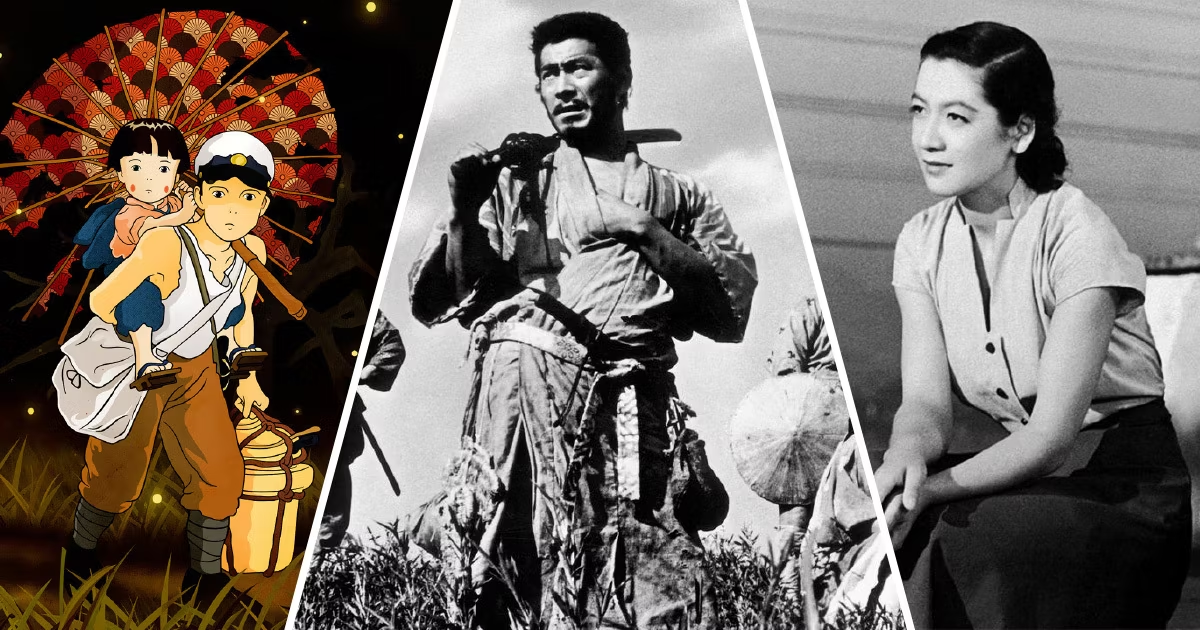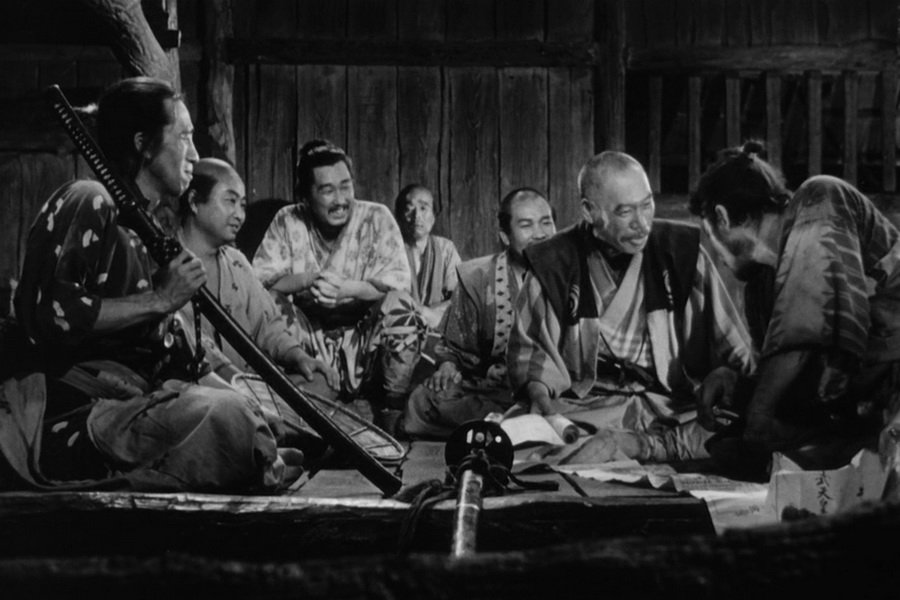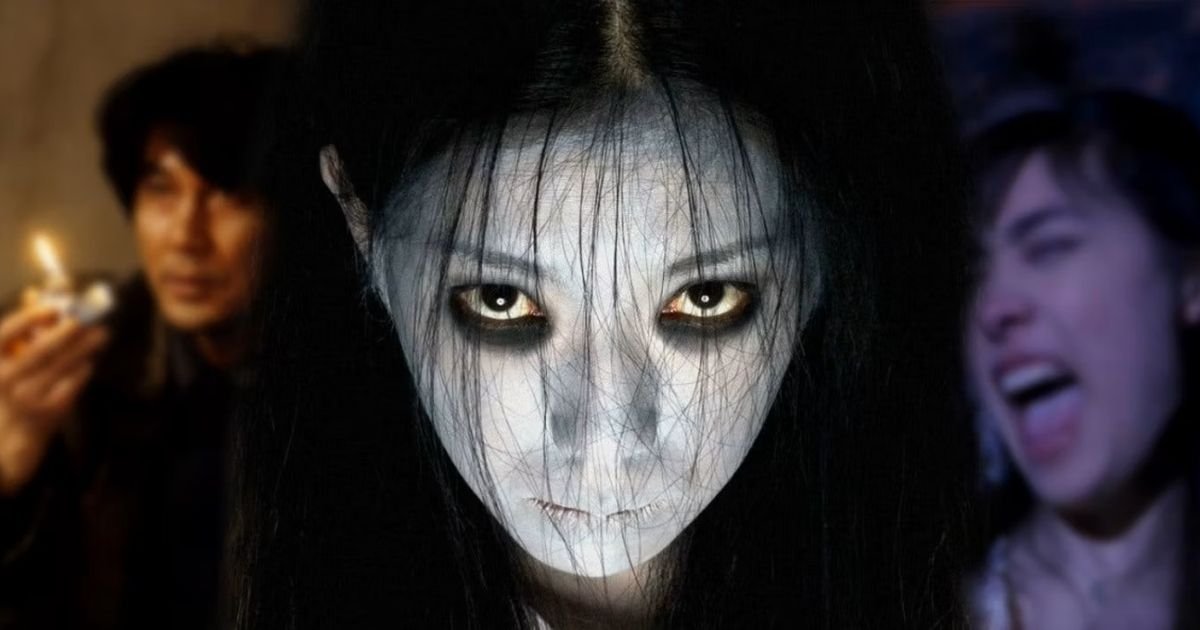Japanese cinema has long been a vital force in the global film industry, known for its unique storytelling techniques, innovative visuals, and profound cultural narratives. Over the decades, Japanese films have not only captivated audiences around the world but also influenced filmmakers and cinematic trends globally. This article explores how Japanese films have shaped global cinema and their enduring impact on the art of filmmaking.
Innovative Storytelling Techniques
Japanese filmmakers have been pioneers in developing distinctive storytelling techniques that have inspired directors worldwide. Akira Kurosawa’s Rashomon (1950) introduced the concept of unreliable narrators and multiple perspectives, profoundly influencing narrative structures in global cinema. The film’s exploration of subjective truth has been adopted and adapted by filmmakers across various genres and cultures, demonstrating the far-reaching impact of Japanese storytelling innovations.
Similarly, Yasujiro Ozu’s minimalist approach in Tokyo Story (1953) has redefined the way stories about family and interpersonal relationships are portrayed. Ozu’s use of static camera angles and a focus on quiet, emotional moments has influenced contemporary filmmakers, especially those interested in creating subtle, character-driven narratives.
Visual and Aesthetic Innovations
Japanese cinema is renowned for its striking visual style and inventive use of aesthetics. The vibrant and imaginative world of Studio Ghibli’s films, such as Spirited Away (2001) and My Neighbor Totoro (1988), has set new standards for animation worldwide. Hayao Miyazaki’s detailed animation techniques and fantastical storytelling have inspired a new generation of animators and filmmakers, highlighting the global influence of Japanese visual artistry.
In the realm of live-action cinema, films like Akira (1988), directed by Katsuhiro Otomo, have had a significant impact on the cyberpunk genre. The film’s groundbreaking animation and dystopian vision have inspired numerous works in science fiction and animation, demonstrating Japan’s role in shaping global visual culture.
Cultural Impact and Global Influence
Japanese films often incorporate deep cultural and historical themes that resonate on a universal level. For instance, the works of Hirokazu Kore-eda, such as Shoplifters (2018), offer intimate portrayals of family dynamics and social issues, connecting with international audiences through their emotional depth and universal themes. The global success of these films underscores the ability of Japanese cinema to address complex human experiences in a way that transcends cultural boundaries.
Furthermore, Japanese horror films, particularly those like Ringu (1998) and Ju-on: The Grudge (2002), have left an indelible mark on the horror genre. Their unique blend of psychological tension and supernatural elements has influenced Western horror filmmakers and led to successful remakes and adaptations, demonstrating the global reach and impact of Japanese horror cinema.

Influence on Filmmaking Styles
Japanese cinema has had a profound influence on filmmaking styles across the world. Directors such as Quentin Tarantino and Wes Anderson have openly cited Japanese films as significant sources of inspiration. Tarantino’s Kill Bill (2003) showcases clear influences from Japanese samurai films and kung fu cinema, while Anderson’s The Grand Budapest Hotel (2014) reflects the visual precision and storytelling techniques reminiscent of Japanese cinema.
The influence of Japanese film extends to the experimental and independent film sectors as well. Directors like Sion Sono and Takashi Miike, known for their unconventional and often provocative films, have inspired filmmakers interested in exploring the boundaries of genre and narrative structure. Their work has contributed to a broader acceptance and exploration of diverse and experimental cinematic styles globally.
Contributions to Genre Innovation
Japanese cinema has been instrumental in the development and popularization of various film genres. The rise of anime films, characterized by their unique artistic styles and imaginative storytelling, has introduced global audiences to new forms of animation and narrative possibilities. Films like Akira and Your Name (2016) have expanded the reach of anime, influencing global trends in animation and storytelling.
Additionally, Japanese film directors have made significant contributions to the development of the action genre. The intense, choreographed action sequences in films like Seven Samurai (1954) and the stylistic elements of samurai and yakuza films have influenced action filmmaking worldwide. The impact of Japanese action cinema is evident in both Hollywood blockbusters and independent films that draw inspiration from Japanese martial arts and cinematic techniques.
Conclusion
Japanese films have profoundly shaped global cinema through their innovative storytelling techniques, visual aesthetics, and cultural impact. From the pioneering works of Akira Kurosawa and Yasujiro Ozu to the groundbreaking animations of Studio Ghibli and the influential horror and action genres, Japanese cinema continues to inspire and influence filmmakers around the world. The enduring legacy of Japanese films underscores their vital role in the evolution of cinema and their ability to connect with audiences across cultures.










